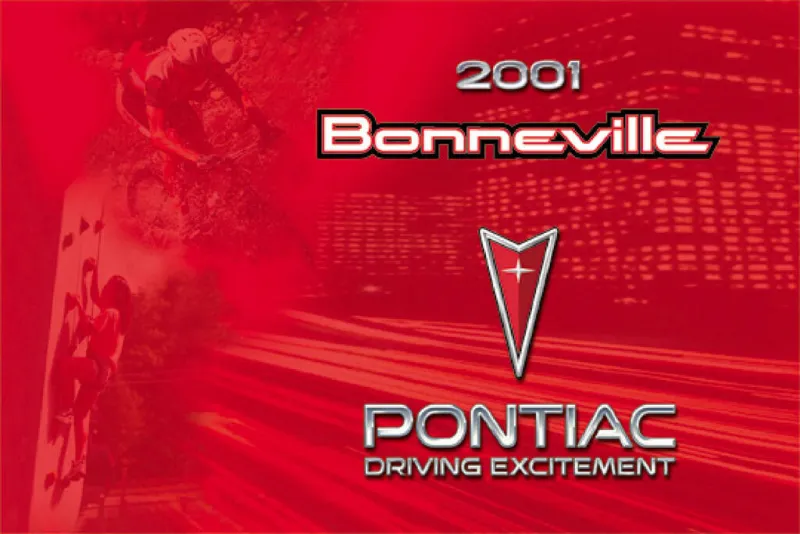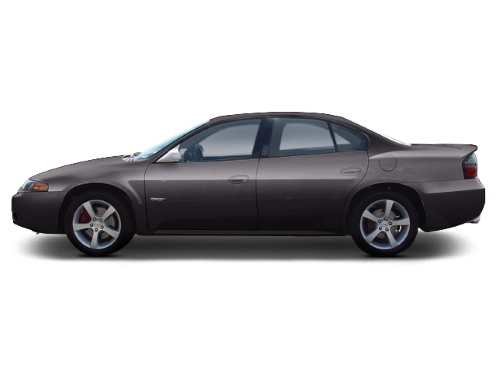2001 Pontiac Bonneville Owner's Manual

Table of Contents
2001 Pontiac Bonneville Overview
Introduction
The 2001 Pontiac Bonneville is a standout full-size sedan that embodies the perfect blend of performance, comfort, and style. Renowned for its bold design and sporty demeanor, this car offers a driving experience that sets it apart from its competitors in the segment. With its spacious interior and robust powertrains, the Bonneville caters to both the practical driver and those seeking a thrill on the road.
Powertrains
The Bonneville comes equipped with two powerful engine options tailored to suit a variety of driving preferences. The base model features a 3.8-liter V6 engine that produces 205 horsepower, delivering a smooth and efficient ride. For those looking for a little extra excitement, the SSEi trim boasts a supercharged version of the same engine, generating an impressive 240 horsepower. Both engines are paired with a four-speed automatic transmission, providing seamless shifting and responsive acceleration.
Trims
The 2001 Pontiac Bonneville is available in three main trims: the base Bonneville, the sporty SSE, and the performance-oriented SSEi. The base model offers a generous array of standard features, while the SSE adds sporty enhancements and additional interior comfort. The range-topping SSEi elevates the experience with luxurious appointments, advanced features, and superior performance characteristics, making it the ultimate choice for driving enthusiasts.
Features
Loaded with innovative features, the 2001 Bonneville ensures that every ride is enjoyable and convenient. Standard features include air conditioning, power windows and locks, cruise control, and a comfortable seating arrangement for up to five passengers. Higher trims add leather upholstery, heated seats, premium sound systems, and an array of safety technologies that elevate its appeal further, promising a luxurious driving experience.
Owner's Manual
The owner's manual for the 2001 Pontiac Bonneville serves as an essential guide for both new and seasoned drivers. It provides vital information on vehicle maintenance, troubleshooting, and operational procedures, ensuring that owners can make the most out of their Bonneville experience. This manual also includes detailed specifications, safety warnings, and user tips to optimize performance and longevity.
User manual download
The Pontiac Bonneville owner manual for the 2001 model year is to be found in PDF downloadable format on this page. The owner manual for the model year 2001 is free and in English, but the repair manuals are usually not easy to get and may cost more.
Manual Questions
Fill the form below and someone will help you!

